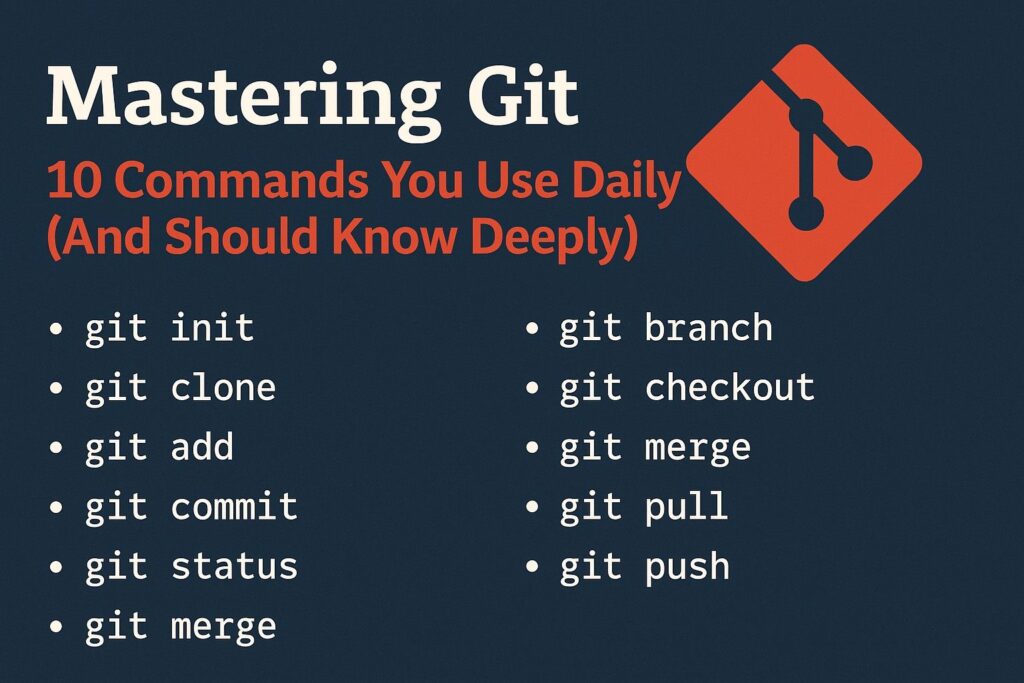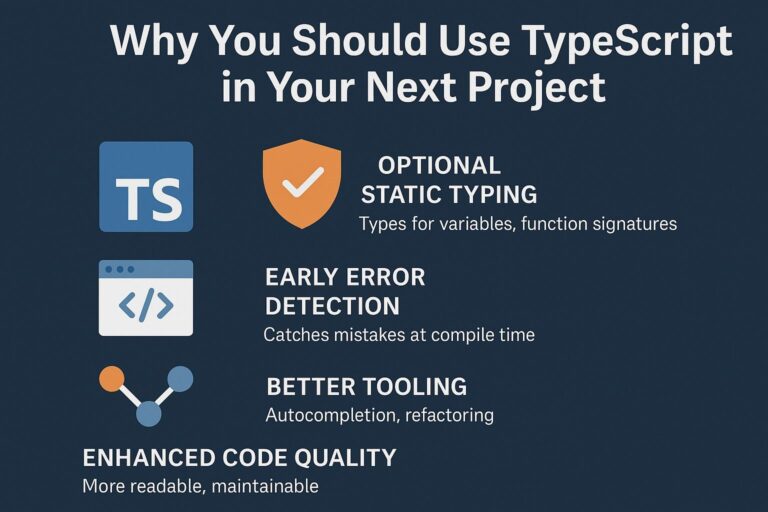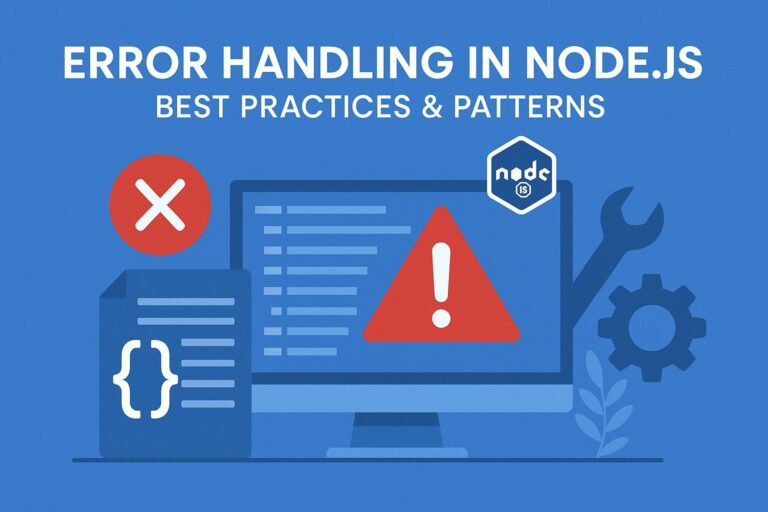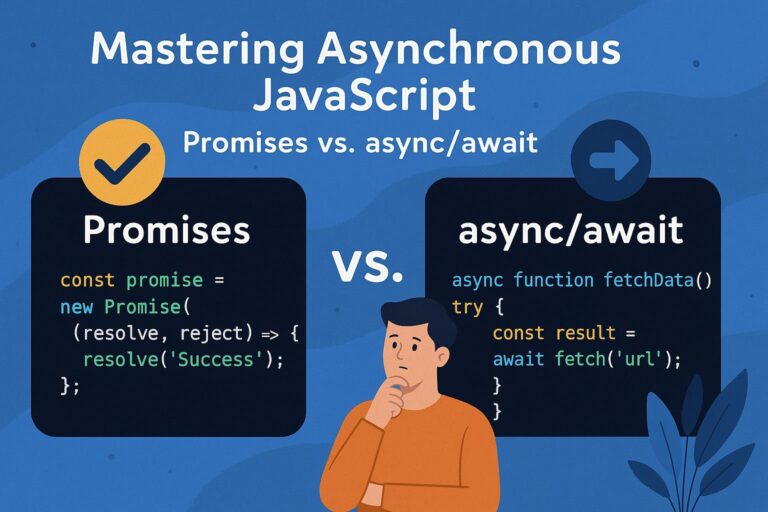
Git is the industry-standard version control system used by developers to manage source code. Whether you’re working solo or collaborating in a team, Git provides a structured, reliable way to track changes, avoid conflicts, and roll back when necessary.
However, using Git efficiently requires more than just memorizing commands. In this article, you’ll not only learn the 10 most common Git commands but also understand how they work and why mastering them matters.
1. git init – Initialize a Git Repository
git init
What It Does:
Initializes a new Git repository by creating a hidden .git directory where all Git tracking data is stored.
Why It Matters:
This is the starting point for turning any project folder into a Git-managed repository. You can’t track or commit changes until this command is run. It gives you complete version control locally before even connecting to a remote.
2. git clone – Copy a Remote Repository
git clone <repository-url>
What It Does:
Creates a full local copy of a remote repository, including its entire history, branches, and configuration.
Why It Matters:
This command sets up a local environment for collaboration. It also adds a remote connection named origin, enabling you to sync changes using git pull and git push right away.
3. git status – See the State of Your Project
git status
What It Does:
Displays which files are staged, which are modified but not staged, and which are untracked.
Why It Matters:
This command is your go-to checkpoint. It tells you exactly what’s happening in your working directory and staging area. Regularly using git status helps avoid mistakes like committing the wrong files.
4. git add – Stage Changes
git add <filename>
# Or to stage everything:
git add .
What It Does:
Moves changes from the working directory to the staging area, preparing them for a commit.
Why It Matters:
Staging allows you to choose exactly what gets included in a commit. You can stage selective changes, making your commit history clean and intentional.
5. git commit – Save a Snapshot
git commit -m "Your commit message"
What It Does:
Creates a permanent snapshot of staged changes in the repository’s history.
Why It Matters:
Commits represent meaningful checkpoints. Writing clear, descriptive commit messages makes it easier to track project history, review past work, and debug issues.
Shortcut:
git commit -am "Message"
This stages and commits tracked files in one step.
6. git pull – Update Your Local Repository
git pull origin main
What It Does:
Fetches changes from the remote repository and merges them into your local branch.
Why It Matters:
Regular pulls keep your codebase synchronized with your team’s work. Understanding how merge or rebase strategies work prevents conflicts and cluttered commit histories.
Cleaner Alternative:
git pull --rebase
Re-applies your local commits on top of the incoming changes for a more linear history.
7. git push – Share Your Changes
git push origin main
What It Does:
Uploads your local commits to the remote repository.
Why It Matters:
This is how your team sees and reviews your work. It’s also how your local work gets deployed, integrated, or built in CI/CD pipelines. Be cautious with git push -f as it can overwrite history.
8. git branch – Work on Features in Isolation
bashCopyEditgit branch # List all branches
git branch feature-x # Create a new branch
What It Does:
Displays or manages branches in your repository.
Why It Matters:
Branches let you experiment or develop features independently. You can switch between different workstreams without impacting the main codebase.
9. git checkout – Switch Branches or Restore Files
git checkout feature-x
What It Does:
Switches your working directory to another branch, or restores file states.
Why It Matters:
Use checkout carefully — switching branches changes your entire workspace. For safer and more intuitive commands in modern Git versions:
git switch <branch> # Switch branches
git restore <filename> # Discard changes to a file
10. git log – View Project History
git log
What It Does:
Displays the complete commit history, showing commit hashes, authors, dates, and messages.
Why It Matters:
This command helps trace who changed what and when. It’s essential for debugging, reverting, or auditing code.
Enhanced View:
git log --oneline --graph --all
A concise, visual representation of commit history across branches.
Conclusion: Why Mastering Git Truly Matters
Git is more than just a tool—it’s your versioning safety net, project history tracker, and collaboration backbone. Mastering these 10 commands not only helps you work more efficiently but also ensures:
- You can resolve conflicts with confidence
- You avoid unnecessary mistakes like overwriting or losing work
- Your project history remains clean and readable
- You collaborate effectively with teammates using branches and pull requests
- You debug faster by reviewing clear, logical commit trails
Invest time in understanding how these commands operate internally. That deeper knowledge will make you a more effective and dependable developer in any team or project.

I’m Shreyash Mhashilkar, an IT professional who loves building user-friendly, scalable digital solutions. Outside of coding, I enjoy researching new places, learning about different cultures, and exploring how technology shapes the way we live and travel. I share my experiences and discoveries to help others explore new places, cultures, and ideas with curiosity and enthusiasm.






